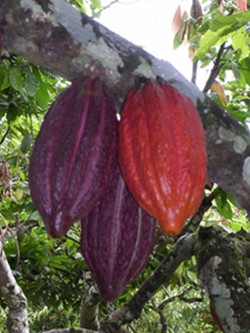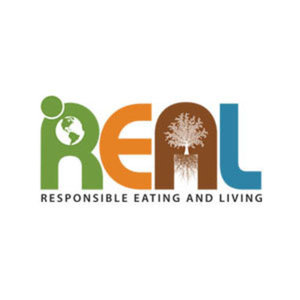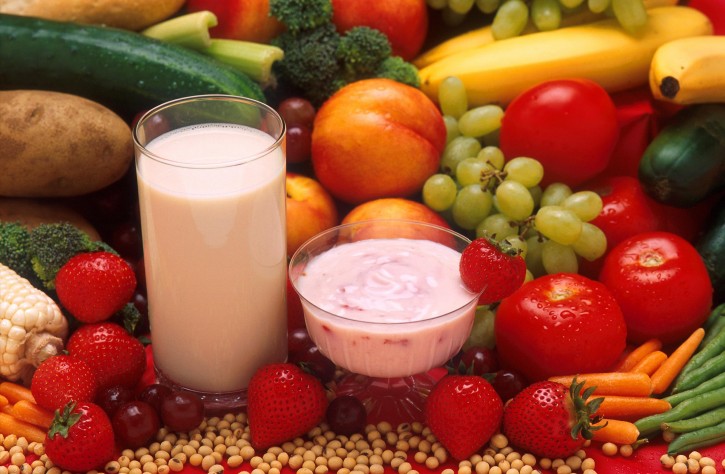The concept of sustainability, to some people, includes fair wages and treatment of people who work to produce our food, whether they are in this country or not. Sad to say, chocolate is among the foods produced by exploiting workers – even enslaving them. If this isn’t horrendous enough, some of those enslaved are children, especially in the West African nations of Ivory Coast and Ghana. This issue has been getting a lot of media coverage lately. Over ten years ago, American legislators crafted the Harkin-Engel Protocol, which was supposed to guarantee the wellbeing of chocolate growers, especially children. In fact, little has been done. So it’s up to us, the consumers.
You can help by buying fair trade chocolate. Greenamerica.org lists these Bay Area locations as sources of fairly traded chocolate. In San Francisco, Alter Eco and Global Exchange Fair Trade Store. In Pacifica, Coco-Zen, and in Petaluma Sjaak’s Organic Chocolates. You can also buy various sustainable and/or fair trade chocolates at Whole Foods and Trader Joe’s. Look for brands like Divine, Theo, and Equal Exchange. Greenamerica has a handy chart grading 15 makers, with Hershey’s at the bottom.

The good news: Fair trade certifiers and producers are growing their market share. According to Greenamerica.org, “Over 50,000 cocoa growers in eleven countries are members of Fair Trade cooperatives. Fair Trade cocoa is grown in Belize, Bolivia, Cameroon, Costa Rica, Dominican Republic, Ecuador, Ghana, Haiti, Cote D’Ivoire, Nicaragua, and Peru.”





